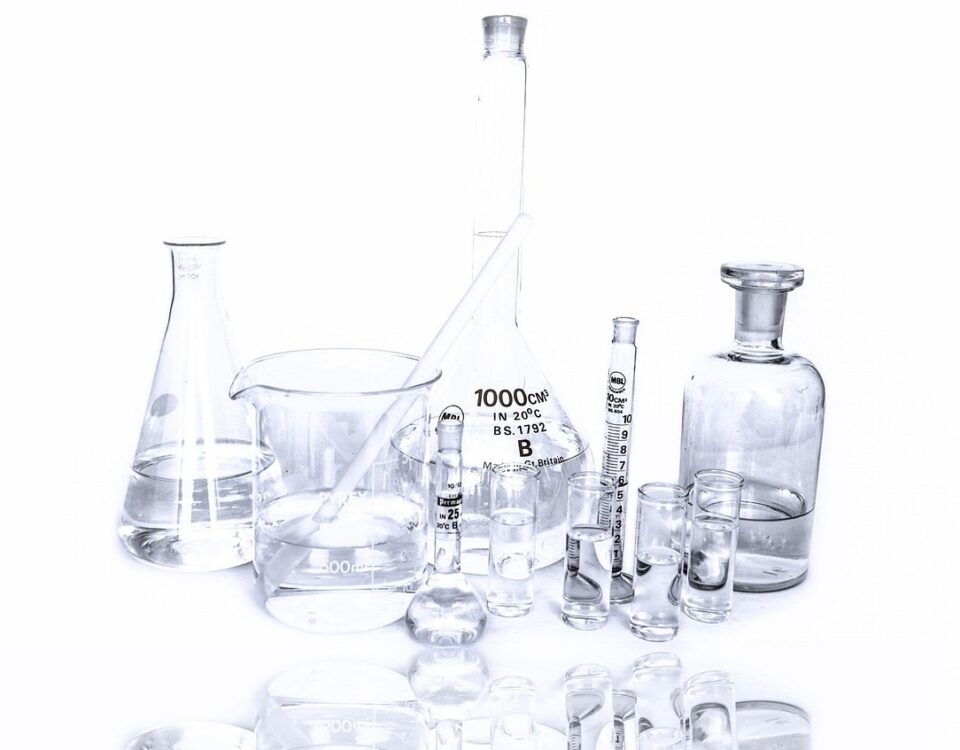
EUROPE: Publication of the Technical Guidelines for Determining the Magnitude of Residues and Setting MRL in Honey
26 October 2018
EUROPE: Publication of the supporting study for the ‘REFIT’ of Reg. (EC) No. 1107/2009 and No. 396/2005
31 October 2018In the context of the adoption of the scientific criteria to identify the substances used in plant protection which are endocrine disruptors (EDs) (Reg. (EU) 2018/605) and of the publication of the common EFSA/ECHA guidance on identifying endocrine disruptors (EFSA Journal 2018;16(6):5311), OECD published on 3 September 2018 a revision of the Guidance Document 150 dealing with the standardised test guidelines for evaluating chemicals for endocrine disruption.
The OECD GD 150 provides guidance on how test results might be interpreted given the outcome of standardised assays and on how to evaluate the overall strength of the evidence that a chemical may be acting as an ED. The approach involves a conceptual framework which allow organising data into five levels of increasingly biologically complex information. The guidance also provides advice on the next step in testing (if any) which might be appropriate to investigate given the various data scenarios. The document is primarily focused on ED operating via Estrogen / Androgen / Thyroid / Steroidogenesis (EATS-) modalities but other modalities are also discussed.
As a first update to the guidance issued in 2012, this revised version includes:
- the new and updated test guidelines that have been validated (or are currently in the validation process) at the different levels of the conceptual framework; for example, the new ED parameters to be measured as defined in the latest versions of OECD TG 408 (Repeated Dose 90-Day Oral Toxicity Study in Rodents) and of OECD TG 414 (Prenatal Developmental Toxicity Study) were added,
- a revision of the conceptual framework itself,
- a discussion of cross-cutting issues: the application of new approaches to toxicity testing, such as integrated approaches to testing and assessment (IATA), use of adverse outcome pathways for evaluating endocrine disruption, extrapolating assay results across mammalian and non-mammalian vertebrate species (e.g. fish, amphibian), and approaches for evaluating chemicals with multiple modes of action, and
- a summary of some experiences gained since the publication of the initial version.
The guidance is organised in three main sections. Section A presents:
- the general background, the conceptual framework and the objectives of the guidance,
- the assays and endocrine modalities covered,
- a list of OECD standardised assays with endpoints specific for ED, or with endpoints that may be informative but that are not specific to ED.
Section B provides:
- guidance on endocrine assessment, assays and endpoints in light of the conceptual framework proposed,
- a discussion of the use of weight of evidence approaches for integrating information from multiple assays, and
- regulatory experience as regards the use of this document for evaluating ED.
Section C includes:
- a thorough description of each of the assays comprised in the conceptual framework, and
- different example data scenarios and suggestions for a single next testing step if a conclusion cannot be reached.
The EFSA/ECHA guidance on identifying endocrine disruptors (2018) was prepared concomitantly with the revision of the OECD GD 150, and makes reference to the revised OECD guidance and to the conceptual framework defined.
To download:
Revised OECD Guidance Document 150
See also our previous articles:
EUROPE: Publication of the guidance document EFSA/ECHA on identifying endocrine disruptors
EUROPE: Publication of Endocrine disruptors criteria
Lynxee consulting’s team is at your disposal to answer your questions.
Contact us! https://lynxee.consulting/en/contact/


